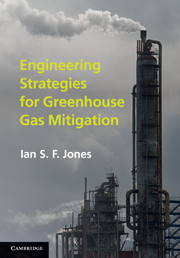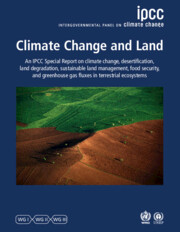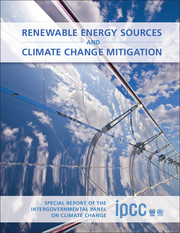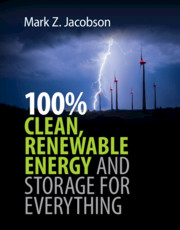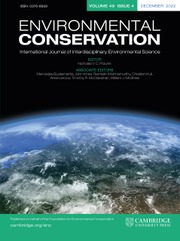Engineering Strategies for Greenhouse Gas Mitigation
Controlling the level of greenhouse gas in the atmosphere is a rapidly growing area of commercial activity. While debate continues both about the impact of greenhouse gas on climate and the role humans play in influencing its concentration, engineers are faced with less controversial questions of how to manage this uncertainty and how to control greenhouse gases at a minimum cost to society. This book gives a concise review of current knowledge required for engineers to develop strategies to help us manage and adapt to climate change. It has been developed from the author's graduate course in environmental engineering, and is written without technical jargon so as to be accessible to a wide range of students and policymakers who do not necessarily have scientific or engineering backgrounds. Appendices allow readers to calculate for themselves the impact of the various strategies, and the book contains student exercises and references for further reading.
- Addresses various approaches for climate change mitigation, allowing different strategies to be compared on a consistent basis
- Examines all reasonable strategies for adaptation to the risks of climate change, enabling readers to distinguish partial costing of competing strategies
- Written to be accessible to all, including those without a technical degree
Product details
May 2011Hardback
9780521516020
184 pages
255 × 180 × 14 mm
0.53kg
42 b/w illus. 16 tables 18 exercises
Available
Table of Contents
- Preface
- 1. The future of greenhouse gas production
- 2. Changing energy efficiency
- 3. Zero emission technologies
- 4. Geoengineering the climate
- 5. The ocean sinks
- 6. The terrestrial sinks
- 7. Adaptation
- 8. The past and the future
- Appendices: Appendix A. Economic models
- Appendix B. Present net value
- Appendix C. Kyoto Protocol
- Appendix D. Emission by Annex B countries
- Appendix E. Table of units
- Bibliography
- References
- Index.

